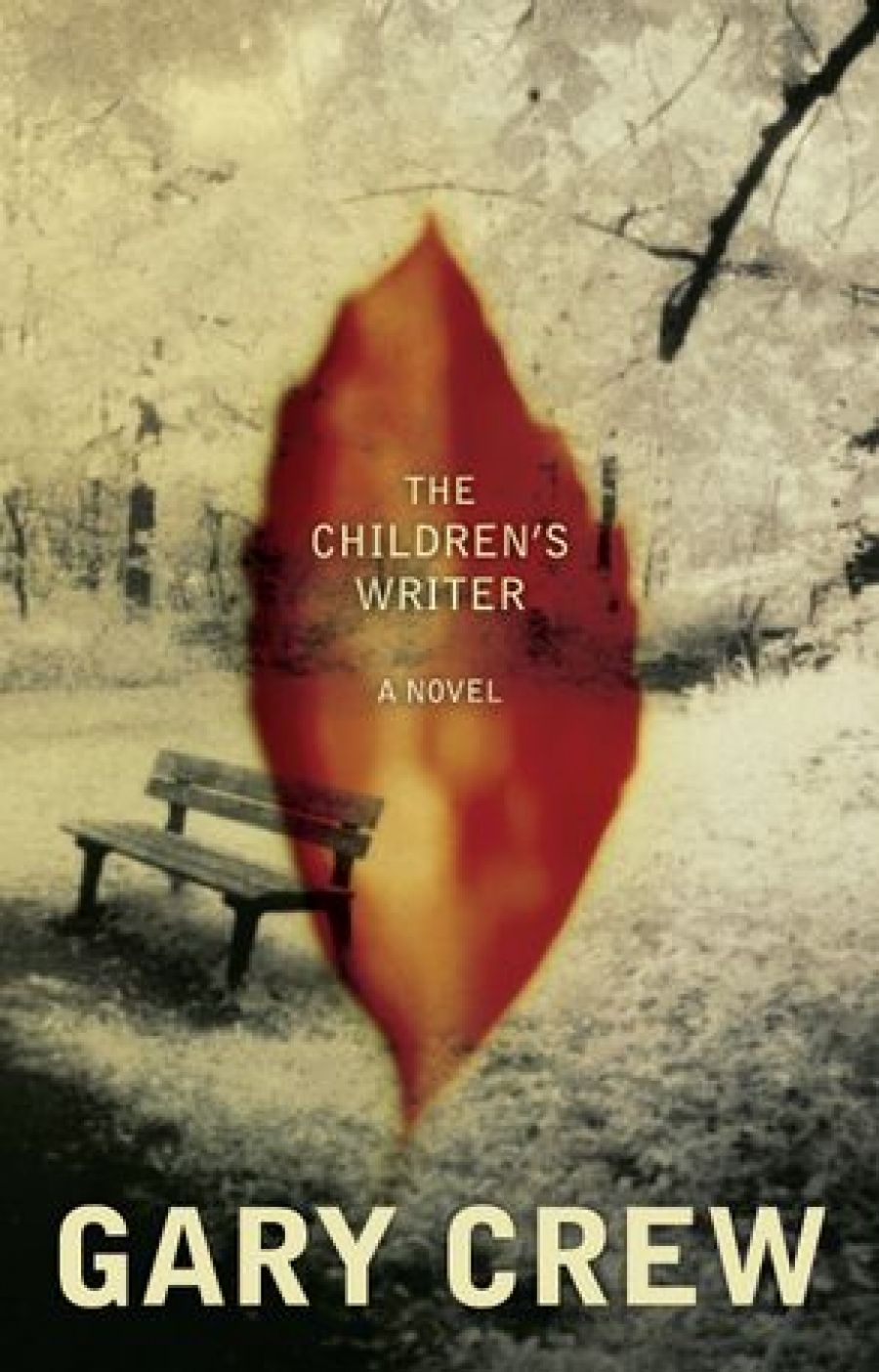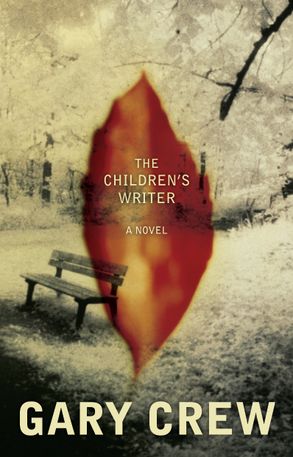
- Free Article: No
- Contents Category: Fiction
- Review Article: Yes
- Article Title: Death of the author
- Online Only: No
- Custom Highlight Text:
Although Fourth Estate heralds this as Gary Crew’s first adult novel, readers who have followed his long career as a celebrated writer for young people will be aware that several of his Young Adult novels could be classified as ‘crossovers’. What defines them as such is the age and experience of their narrators: Kimmy of Angel’s Gate (1993) may be ten years old, but the story is told fifteen years later by an adult, Kim. Similarly, the teenage Sarah’s evidence indicts Mama Pratchett, but she relates the story of Mama’s Babies (1998) many years after the trial. Retrospective narration allows Crew to transcend the limitations of a youthful viewpoint and to look back upon events with mature wisdom, a technique he again employs in The Children’s Writer.
- Book 1 Title: The Children’s Writer
- Book 1 Biblio: Fourth Estate, $27.99 pb, 234 pp, 9780732285869
- Book 1 Cover Small (400 x 600):

- Book 1 Cover (800 x 1200):

Years have elapsed since the shocking event that concludes the tale. In the opening pages the narrator, Charlie Bloome, tells us that, when ‘the horror’ began, he was twenty-three and studying Literature at university while working as a bicycle courier. He dreams of becoming a published writer, an ambition he mentions almost as many times as he does his corpulence. His girlfriend Alice Lutyens, or Lootie, is in her first year of Education and plans to teach in primary school. Four years younger, blonde and pretty, Lootie has the upper hand in their relationship, but back then, Charlie tells us, he ‘suffered no sense of rivalry, no understanding of jealousy’. That all changes one Sunday when she drags him along to hear a lecture by her favourite childhood author, Sebastian Chanteleer, recently relocated from England to Melbourne, whom Charlie dismisses as a ‘crap’ writer who had ‘been somebody in the 1980s’. A mere handful of people turn up to hear him, which seems to support Charlie’s literary judgement. Afterwards, the besotted Lootie presents a book for signature. The author signs it with a flourish of his Montblanc, while Charlie has a disturbing image of himself grabbing the sleek black pen, as ‘lethal as a stiletto’, and plunging it into the old has-been’s neck.
This murderous vision seems to be shared by the assistant at the signing table, who throws him a look of sly complicity. Later, Charlie is surprised to learn that this is Adrian, Chanteleer’s stammering, resentful brother, who is treated little better than the hired help by both the author and their mother. When Lootie subsequently abandons her studies in order to become Chanteleer’s publicist, a jealous Charlie belatedly investigates the author’s career and oeuvre. Well before this, there have been enough hints for readers to predict the outcome.
Charlie constantly interrupts the main narrative to describe his lonely, unconventional upbringing as the only child of an uneducated, battler mum who supplemented a pension by working at home as a milliner in order to send her son to a church school. Charlie’s ‘dreaming time’ in the chapel, he explains, created ‘the persona who lives in my body, who inhabits my mind’, which may explain why his normally colloquial voice at times assumes a lofty, almost ecclesiastical tone: ‘Ah, the pitfalls, the swamps, the quagmires, the out-and-out bear traps of love. The blind and wilful ignorance of self as fool,’ he writes at one point.
Those familiar with Crew’s background will recognise these and other autobiographical elements, but the two narratives are at times awkwardly juxtaposed (‘I will pause here, being reminded of my mother ...’), and the tone is often portentous, as if great insights are being revealed. Despite the foreshadowing on the first page, the story contains little horror, although an interest in that genre is clearly going to influence the future children’s writer. Nor is it a satire, although Crew aims a few harmless barbs at a certain type of children’s writer, and a certain type of reader. Charlie reads Randolph Stow but Lootie prefers Chanteleer’s books, because they are not ‘arty-farty’: ‘He doesn’t make me work. He doesn’t hurt my head. He tells me. That’s what a good author should do.’ Instead, it’s a sort of literary coming-of-age story in which Charlie remembers his own childhood and comes to understand what sort of writer he wants to be: not the kind who churns out clichéd plots about dragons and wizards, and not the kind who tells rather than shows. Not, in short, Sebastian Chanteleer, who nevertheless is the catalyst for Charlie’s imagination to flourish and for his voice to emerge. At the conclusion of the novel, he recognises that the stuff of his fiction is his own life and everything around him.
I found none of these characters appealing and some of the story elements distinctly puzzling, but there may be rewards for those interested in exploring the inspirations for Crew’s own output. If, however, The Children’s Writer is an indication of Charlie Bloome’s style, I’d give his novels a miss. The repetitions are irritating, the shifts in register disconcerting, and his habit of delivering information (often inconsequential) in parentheses (like this), sometimes as many as six or seven to a page, drove me up the wall. A troubled childhood may be an asset, but perhaps what every writer needs most is a good editor.


Comments powered by CComment